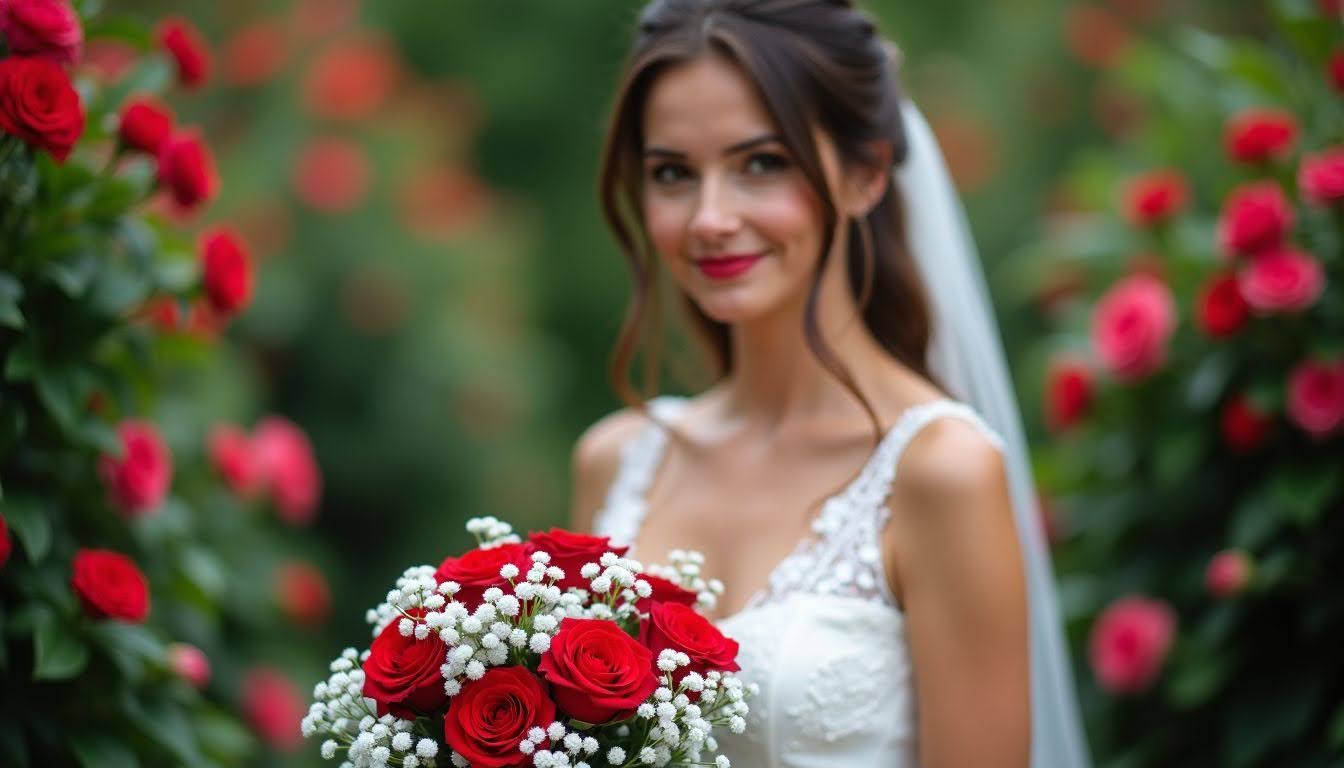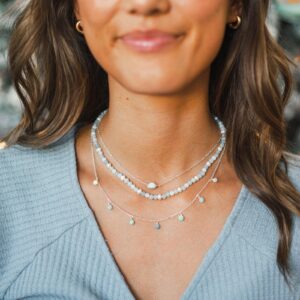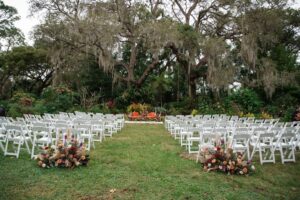Flowers are an essential element of any wedding, bringing beauty, elegance, and romance to the event. From the bridal bouquet to centerpieces and venue decorations, the right flowers can transform your wedding day into a magical celebration. Choosing the perfect wedding flower decoration might seem overwhelming, but with thoughtful planning and creativity, you can create stunning floral arrangements that reflect your style and make your big day unforgettable. This guide will help you navigate the process of selecting and decorating with wedding flowers.
1. Start with Your Wedding Theme and Style
Your wedding theme and style should guide your flower choices. Whether you’re envisioning a classic, bohemian, rustic, or modern wedding, the flowers you choose should complement the overall aesthetic.
- Classic Wedding: Opt for timeless flowers like roses, peonies, and hydrangeas in soft, neutral tones such as white, blush, and cream.
- Bohemian Wedding: Consider wildflowers, pampas grass, and eucalyptus for a relaxed, natural look.
- Rustic Wedding: Incorporate sunflowers, lavender, or daisies with earthy accents like burlap and wooden containers.
- Modern Wedding: Go for sleek and minimalistic arrangements with orchids, calla lilies, or anthuriums in bold or monochromatic colors.
Matching your flowers to your wedding theme ensures a cohesive look and enhances the overall atmosphere.
2. Set Your Flower Budget
Flowers can be a significant part of your wedding budget, so it’s important to determine how much you’re willing to spend. Work with your florist to create a plan that fits within your budget while achieving your desired look.
- Prioritize Key Arrangements: Focus on high-impact arrangements, such as the bridal bouquet, ceremony arch, and reception centerpieces.
- Repurpose Arrangements: Use ceremony flowers for the reception to maximize their utility.
- Choose Seasonal Flowers: Opting for in-season blooms can reduce costs while ensuring freshness and availability.
Having a clear budget helps you make informed decisions and prevents overspending.
3. Consider Your Wedding Colors
The color palette of your wedding plays a crucial role in flower selection. Choose flowers that harmonize with your wedding colors to create a visually stunning effect.
- Monochromatic Palette: Use varying shades of a single color for a sophisticated and unified look.
- Complementary Palette: Pair contrasting colors, such as blue and orange or purple and yellow, for a vibrant and dynamic feel.
- Neutral Palette: Stick to whites, creams, and greens for an elegant and timeless aesthetic.
Share your color scheme with your florist so they can recommend flowers that align with your vision.
4. Choose Flowers with Meaning
Flowers often carry symbolic meanings, adding a sentimental touch to your wedding. Including flowers that represent love, joy, or new beginnings can make your arrangements more meaningful.
- Roses: Symbolize love and romance.
- Peonies: Represent prosperity and happiness.
- Lilies: Signify purity and devotion.
- Daisies: Convey innocence and cheerfulness.
- Baby’s Breath: Denote everlasting love.
Incorporating flowers with personal or cultural significance can make your arrangements uniquely yours.
5. Think About the Season
Seasonality impacts the availability, cost, and freshness of flowers. Choosing blooms that are in season during your wedding can simplify the selection process and ensure high-quality arrangements.
- Spring: Tulips, daffodils, and cherry blossoms.
- Summer: Roses, sunflowers, and dahlias.
- Autumn: Chrysanthemums, marigolds, and amaranthus.
- Winter: Poinsettias, camellias, and holly.
Seasonal flowers not only look beautiful but also reflect the time of year, adding an organic touch to your wedding decor.
6. Work with a Florist You Trust
Partnering with a professional florist can make the process of choosing and arranging flowers much easier. Look for a florist whose style aligns with your vision and schedule a consultation to discuss your ideas.
- Bring Inspiration: Share photos, mood boards, and fabric swatches to convey your preferences.
- Ask Questions: Inquire about flower availability, pricing, and delivery logistics.
- Stay Open-Minded: Trust your florist’s expertise and be flexible with substitutions if necessary.
A skilled florist can help you bring your floral dreams to life while managing practical considerations.
7. Don’t Forget the Little Details
Small floral accents can have a big impact on the overall ambiance of your wedding. Pay attention to details such as:
- Boutonnieres: Flowers for the groom, groomsmen, and family members.
- Corsages: Floral pieces for mothers, grandmothers, or other special guests.
- Aisle Décor: Petals, garlands, or arrangements to enhance your ceremony space.
- Table Settings: Mini bouquets or individual blooms for guest tables.
These thoughtful touches add depth and personality to your wedding decor.
8. Keep Practicality in Mind
While beauty is important, practicality should also be considered. Choose flowers that will hold up well in your wedding setting, whether it’s an outdoor summer wedding or an indoor winter celebration.
- Durable Flowers: Opt for hardy blooms like carnations, chrysanthemums, and succulents for long-lasting arrangements.
- Avoid Allergens: Be mindful of guests who may have allergies to highly fragrant flowers like lilies or gardenias.
Balancing aesthetics with functionality ensures that your flowers look great throughout the day.
Conclusion
Choosing the perfect wedding flowers is a blend of creativity, planning, and collaboration. By considering your wedding theme, budget, color palette, and seasonality, you can select blooms that enhance the beauty of your celebration and reflect your unique love story. With the help of a trusted florist and attention to detail, your floral arrangements can become a stunning centerpiece of your wedding, leaving lasting memories for you and your guests. Whether you go for timeless classics or bold, modern designs, the right flowers will set the tone for a truly magical day.


